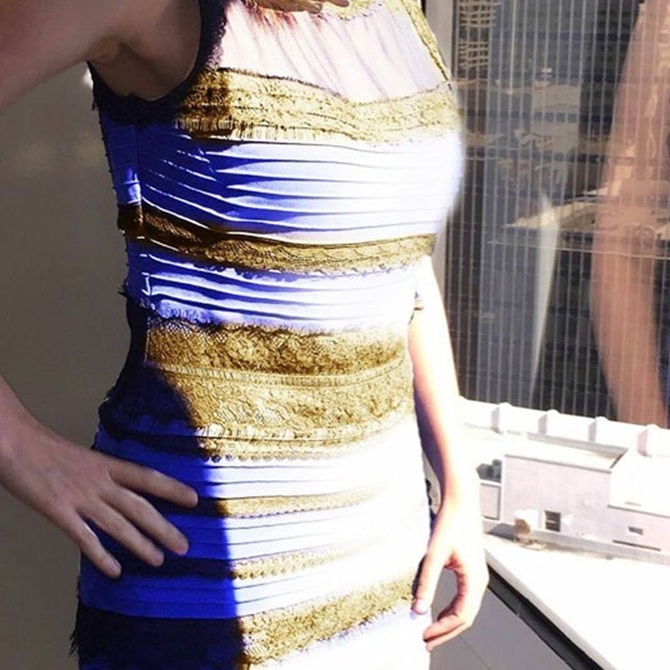Can people see the color of a dress differently? It turns out that yes. In 2015, a dispute broke out on the Internet over a photo of a dress that some people saw as blue and black, and others as white and gold. This phenomenon went viral and sparked discussions among scientists, psychologists and social media users. But why are the same colors perceived differently? We at joy-pup will look into this topic.
How does visual perception work?
Our eyes and brain constantly process light waves reflected from objects. Light enters the eye through the lens, hits the retina and is then transmitted to the brain, which interprets the information received.
There are several factors that influence color perception:
- lighting – the color of an object depends on the light source (daylight, artificial, warm or cold);
- brain adaptation – it compensates for the color temperature of the lighting, “completing” the picture;
- individual characteristics – the structure of the eye and the peculiarities of information processing in the brain are different for each person.
Why is the color of a dress perceived differently?

The photo of the dress was taken in dim lighting, which is why the brain tried to “guess” what kind of light fell on the fabric. If your brain decided that the lighting was warm (yellowish), it automatically removed the warm shade, leaving white-gold colors. If the brain assumed that the lighting was cold (bluish), it compensated for it, perceiving the dress as blue-black.
In addition, the following features can influence color perception:
- genetics – people have a different number of color receptors (cones) in the retina;
- age – with age, the lens of the eye turns yellow, changing the perception of colors.
The “dress” phenomenon is not the only case of color perception that has divided people into two camps. Similar effects are observed in:
- gray strawberries – the brain draws red even if it is not there;
- shoes (pink and white or gray and blue) – another case with ambiguous lighting;
- a cube with a shadow – two squares of different colors can seem the same due to the context.
The “dress” phenomenon is an example of how our brain interprets the world in its own way. Lighting, individual visual characteristics, and cognitive mechanisms create different versions of reality for each person.






Only registered users can leave comments